The Rich Marine Life of Darwin and Northern Australian Waters
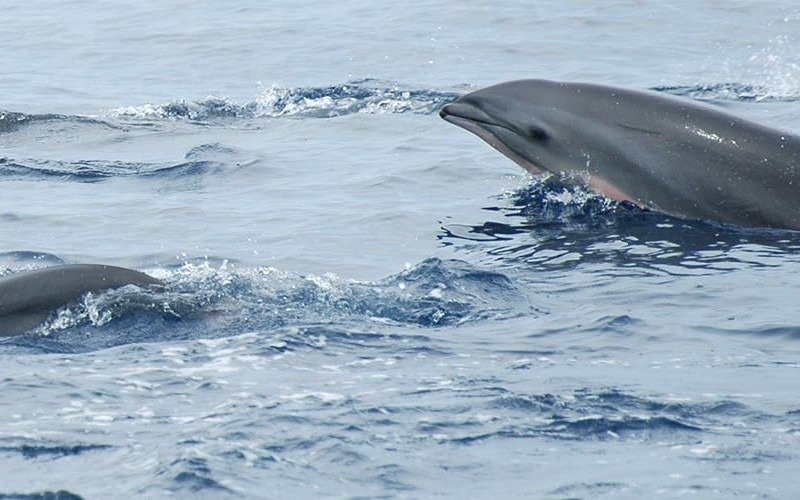
Darwin, the capital of the Northern Territory in Australia, is situated in a region defined by its unique geographical and climatic conditions. Surrounded by the Arafura and Timor Seas, Darwin’s rich marine life is influenced significantly by its tropical climate, characterized by distinct wet and dry seasons. This climatic variability fosters a rich and diverse array of marine ecosystems, making it a vital area for marine life.
The Arafura and Timor Seas surround Darwin and serve as critical habitats for various marine species, showcasing a complex interplay of biodiversity. These waters are home to an impressive 1,625 species of fish, a multitude of invertebrate species, and sea turtles, contributing to a vibrant underwater tapestry. Effectively managed marine parks, such as the East Arnhem Marine Park, further protect these delicate ecosystems and support sustainable marine activities.
Darwin’s rich marine life not only boasts a remarkable variety of marine species but also plays an important role in supporting local fisheries and tourism. Recreational activities such as snorkeling, scuba diving, fishing, and boat tours allow visitors to engage with the magnificent marine environment closely. The seasonal migrations of various species, including whale sharks and humpback whales, add an exciting dimension to the marine experience in this region.
Additionally, the unique volcanic limestone formations and pristine coral reefs found in the area contribute to its ecological significance. These structures provide essential habitats for numerous marine organisms while attracting researchers and conservationists keen on studying the region’s diverse marine life. Understanding Darwin’s marine environment is crucial not only for marine conservation efforts but also for sustainable tourism and responsible marine resource management.
Common Fish Species Found in Darwin
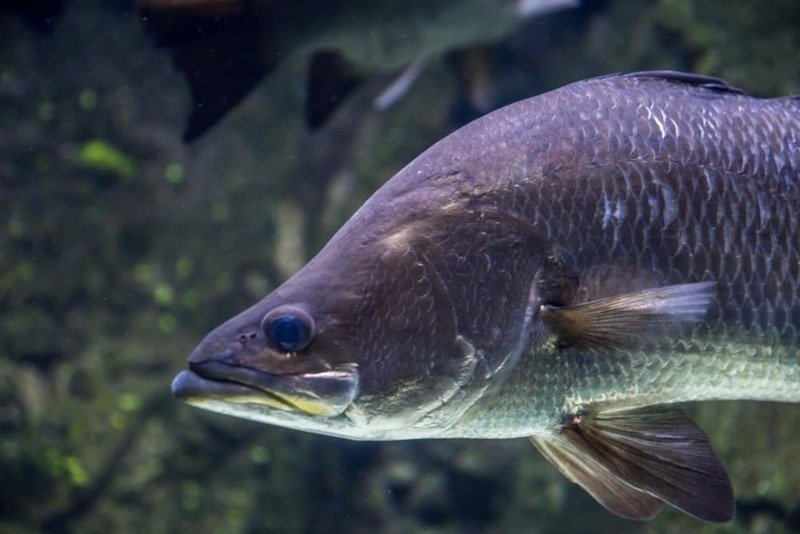
The waters surrounding Darwin are home to a variety of fish species, making it a prime location for fishing enthusiasts and marine life observers alike. Among the most commonly found species is the barramundi, known for its distinctive silver hue and large size, often reaching over a meter in length. Barramundi are primarily found in estuarine environments, thriving in the tidal rivers and coastal areas. They are especially active during the warmer months, with the peak fishing season typically occurring from October to March, when they are most abundant and accessible to fishos.
Another notable species among Darwin’s rich marine life is the flathead. Characterized by their flattened bodies and large heads, flathead fish are often found resting on the seabed. These fish prefer sandy or muddy substrates, where they can easily camouflage themselves against predators. The flathead fishing season generally peaks in the warmer months, offering excellent opportunities for catching these delicious fish. They are highly sought after for their tender, white flesh, making them a popular choice among local seafood lovers.
Additionally, mackerel species, including the Spanish mackerel and the Pacific bluefin tuna, are abundant in North Eastern waters. Known for their speed and agility, mackerel are notable for their streamlined bodies and sharp teeth. They are typically found in deeper waters, often near reefs and inshore areas with strong currents. The best time for targeting mackerel is during the warmer months, particularly around the full moon, when they are known to be more active and congregate in schools. The presence of these fish contributes significantly to the rich marine biodiversity of Darwin, making it an appealing destination for both recreational and professional fishos.
Darwin’s Rich Marine Life: Marine Species Beyond Fish

The waters surrounding Darwin and Northern Australia are home to a diversified array of marine species beyond the commonly recognized fish. Among these are crustaceans, mollusks, and marine mammals, all of which play significant roles in their respective ecosystems and the fishing industry. Understanding these species helps establish their ecological importance and their contributions to both biodiversity and local economies.
Crustaceans such as prawns and crabs are particularly abundant in these waters. The local fishing industry heavily relies on these species, contributing to the culinary richness of the region. Prawns, for instance, are not only a crucial food source but also contribute significantly to the economy through commercial fishing. Crabs, including the iconic mud crab, are another sought-after crustacean, praised for their succulent meat and increasingly popular in Australian gastronomy.
Oysters and Clams
Mollusks, such as oysters and clams, also inhabit the Darwin waters. These bivalves serve as natural filters, improving water quality and maintaining healthy marine ecosystems. The cultivation of oysters has gained momentum in recent years, with aquaculture practices being developed to ensure their sustainability. These creatures not only nourish local wildlife but also provide economic benefits through both commercial harvesting and recreational activities, such as diving for pearls and shellfish.
Additionally, marine mammals, including striped dolphins and dugongs, grace these waters, bringing a different dimension to the marine landscape. Their presence signifies a healthy marine environment, as they rely on diverse food sources including fish and seagrass. Observing these mammals supports eco-tourism initiatives, which further emphasizes the region’s commitment to preserving its rich marine biodiversity.
In conclusion, the diverse marine species found in Darwin’s waters, encompassing crustaceans, mollusks, and marine mammals, underscore the intricate balance of the ecosystem and the reliance of the fishing industry on sustainable practices. These species not only enrich the marine environment but also bolster local economies.
The Significance of The Arafura and Timor Seas
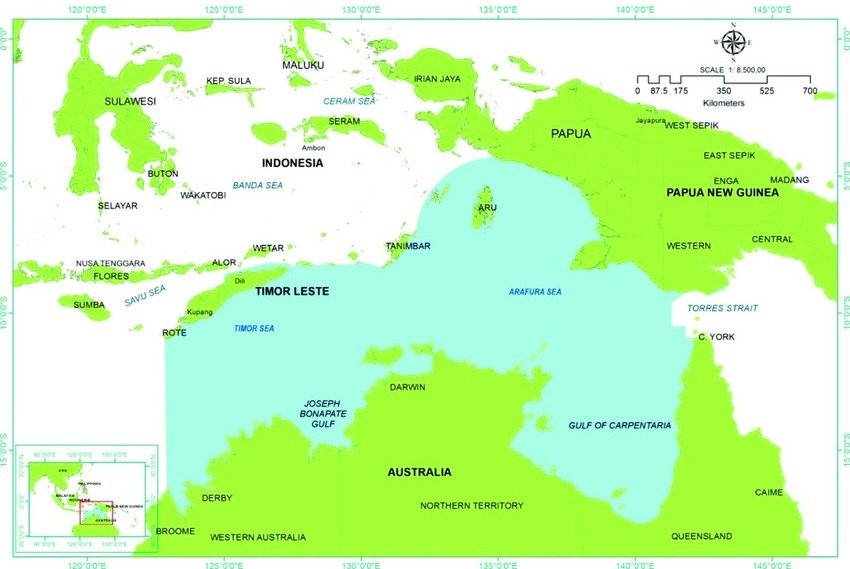
The Arafura and Timor Seas serve as vital marine ecosystems that significantly contribute to the biodiversity and sustainability of fisheries in Darwin and Northern Australia. These seas, located between Australia and Southeast Asia, are known for their distinctive environmental features, including a blend of freshwater, saltwater, and rich nutrient concentrations, which create ideal conditions for various marine species. The depth variations and geological formations within these waters provide habitats for diverse organisms, including coral reefs, migratory species, and commercially important fish.
In terms of marine biodiversity, the Arafura and Timor Seas boast an impressive array of life forms. The seas are home to numerous species of fish, invertebrates, and marine mammals, making them essential for maintaining ecological balance. The warm tropical waters promote the growth of expansive coral reef systems, which provide shelter and breeding grounds for countless marine species. These reef ecosystems, coupled with rich seagrass beds, form a dynamic environment that is crucial for both food production and habitat stability.
Local fishing practices heavily rely on the resources found in these seas. Fishermen utilize traditional and sustainable methods to catch various fish species that are vital to the local economy and community. Species such as barramundi, goldband snapper, and prawns thrive in these nutrient-rich waters, supporting both commercial and subsistence fishing. Furthermore, the unique fishing practices not only reflect the cultural heritage of Indigenous peoples but also contribute significantly to food security in the region. Sustainable management of fisheries in the Arafura and Timor Seas is, therefore, essential for preserving these vital marine resources for future generations.
Fishing Techniques in Northern Waters
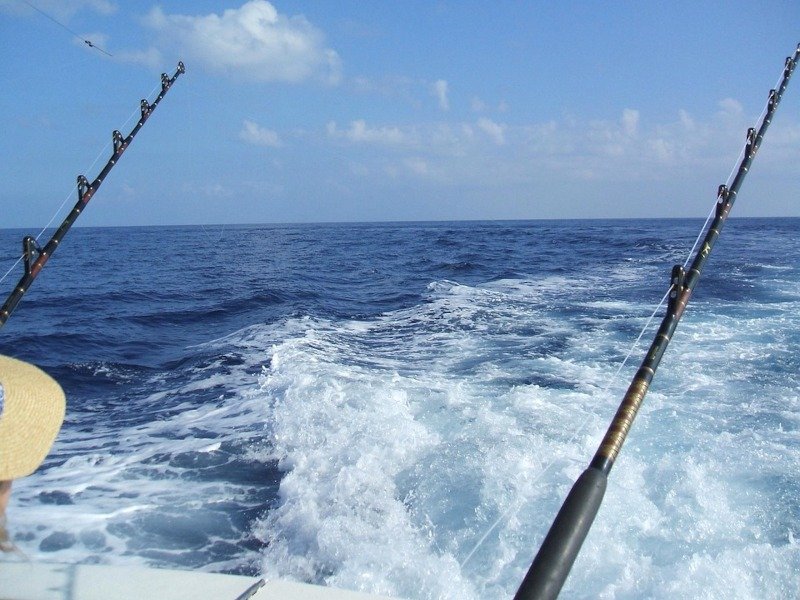
Northern Australian waters, particularly around Darwin, offer a plethora of fishing opportunities, attracting enthusiasts with diverse techniques that cater to both novices and seasoned fishos. Among the most popular methods are trolling, bottom fishing, and spearfishing, each providing unique ways to engage with the region’s rich marine life.
Trolling involves dragging lures or baited hooks behind a boat, taking advantage of the movement to entice predatory fish such as barramundi and mackerel. This technique is particularly effective in deeper waters, where larger species often lurk. Optimal trolling speeds typically range from 5 to 8 knots, and using brightly colored lures can enhance visibility and attract fish. Fishos should pay attention to water temperature and currents, as these factors influence fish behavior and location.
Darwin’s Rich Marine Life: Reaching the Depths
Bottom fishing, another widely practiced technique, targets species that dwell closer to the ocean floor. A sturdy rod, coupled with weights and bait—such as pilchards or squid—is essential for effectively reaching the depths where fish like coral trout and snapper reside. This method often requires patience, as fishos must wait for the fish to bite after presenting their bait. Knowing the areas with structures, such as reefs or wrecks, significantly increases the chances of a successful catch.
Moreover, spearfishing is a favoured technique among those seeking a more immersive experience. This method requires skill and knowledge of the underwater environment, as it involves free diving to catch fish with a spear gun or pole spear. Safety precautions, such as diving with a buddy and being aware of local marine life, are crucial.
In conclusion, employing the right fishing techniques in Darwin and Northern Australian waters not only enhances the likelihood of a successful outing but also fosters an appreciation for the vibrant marine ecosystem that thrives in these waters. By experimenting with methods like trolling, bottom fishing, and spearfishing, fishos can engage more deeply with the natural environment and enjoy a rewarding fishing experience.
Recommended Fishing Gear and Equipment
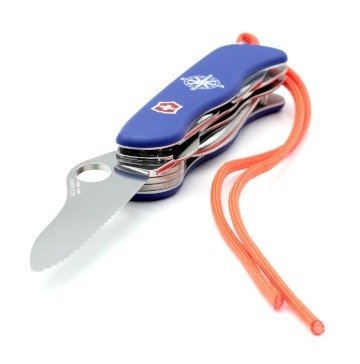
From Our Ebay Partners
When venturing into the picturesque waters of Darwin and Northern Australia, selecting the appropriate fishing gear is crucial for a successful catch. The abundance of marine life in these regions necessitates specialised equipment that can withstand varying conditions while enhancing the angling experience for both novices and seasoned fishermen.
Starting with fishing rods, a medium to heavy action rod typically suffices for estuarine and coastal fishing, where species such as barramundi and snapper thrive. A rod length of 6 to 7 feet allows for optimal casting distance while maintaining control over larger catches. For those targeting pelagic species like Spanish mackerel, a longer rod may be advantageous, assisting with casting further out into open waters.
The Right Reel
Reels are equally important; a high-quality spinning or baitcast reel is recommended, depending on personal preference. Spinning reels generally provide ease of use, making them suitable for beginners, while baitcasting reels offer precision for more experienced fishos. A suitable reel should have a solid drag system to handle the powerful runs of large fish, ensuring that every strike converts into a catch.
Choosing the right bait can also significantly impact fishing success in Darwin’s waters. Live baits such as mullet and prawns are popular, attracting various species. For those opting for lures, soft plastics and hard-bodied lures in bright colors tend to yield good results. The choice of tackle, including hooks, weights, and leaders, should be aligned with the species being targeted; heavier leaders are useful when fishing for toothy fish to prevent cut-offs.
In essence, investing in quality gear tailored to the specific fishing conditions around Darwin not only enhances the experience but also increases the likelihood of success on the water. By considering factors such as rod action, reel type, bait selection, and tackle configuration, both beginners and advanced fishos can prepare effectively for these rich marine environments.
Where to Fish in and Around Darwin
Fishing in and around Darwin offers enthusiasts a unique opportunity to engage with an array of marine species while enjoying the picturesque backdrop of Northern Australia’s landscapes. This region is well-known for its diverse fishing locations, each providing access to an assortment of fish species that appeal to both the novice and seasoned fishos.
One of the foremost land-based fishing spots is the Darwin Waterfront Precinct. This area allows fishos to cast their lines from the shore, where they can typically expect to catch barramundi and threadfin salmon, especially during the run-off season. It is advisable for fishos to be aware of local fishing regulations and necessary permits to ensure legal fishing practices are observed.
For those who prefer river boat fishing, The Adelaide River is a prime location. This tidal river offers an incredible array of fishing opportunities, particularly for species such as mangrove jack and grunter. Fishos can enjoy the thrill of fishing during the spring tides, which tend to bring in a variety of gamefish. It is recommended to charter a local fishing guide for optimal success and knowledge of regulations in the area.
Other Popular Destinations
Fisherman’s Wharf is another popular destination, providing access to deeper waters. Here, fishos can target species like Spanish mackerel and reef fish. The wharf is equipped with facilities for launching boats, making it a convenient access point. Again, it is important to check for any necessary permits and adhere to bag limits in place by the Northern Territory government.
Finally, East Point Reserve serves as an excellent spot for shore fishing, where fishos can often catch species like flathead and bream. The reserve is also a beautiful park area, providing a relaxing environment for family fishing outings. With varied locations available around Darwin, fishing enthusiasts will discover the rich marine life and recreational opportunities presented by the region’s waters.
Conclusion and Resources for Further Reading
In summary, Darwin’s rich marine life and the surrounding Northern Australian waters are characterised by its remarkable biodiversity and ecological significance. The region supports a variety of species, including vibrant coral reefs, thrilling game fish, and unique marine mammals, making it a fascinating destination for wildlife enthusiasts and fishos alike.
For those interested in exploring these waters, various local fishing guides offer valuable insights into the best fishing spots, seasonal catches. Engaging with local fishermen can provide firsthand knowledge about the species that inhabit these waters, as well as effective techniques to responsibly enjoy fishing experiences.
Resources and Guidelines
Additionally, several organizations are dedicated to the conservation of marine habitats within the region. The Northern Territory Fisheries and Marine Resources office offers informative resources and guidelines regarding fishing regulations and sustainable practices that help protect local marine ecosystems.
Finally, readers can explore websites such as Parks Australia for comprehensive information about protected marine parks in the area, or the Great Barrier Reef Marine Park Authority, which extends to northern regions, providing educational resources on the conservation of marine life. Together, these resources can deepen one’s understanding of Darwin’s rich marine life and foster a greater appreciation for the natural wonders of Northern Australia’s waters.

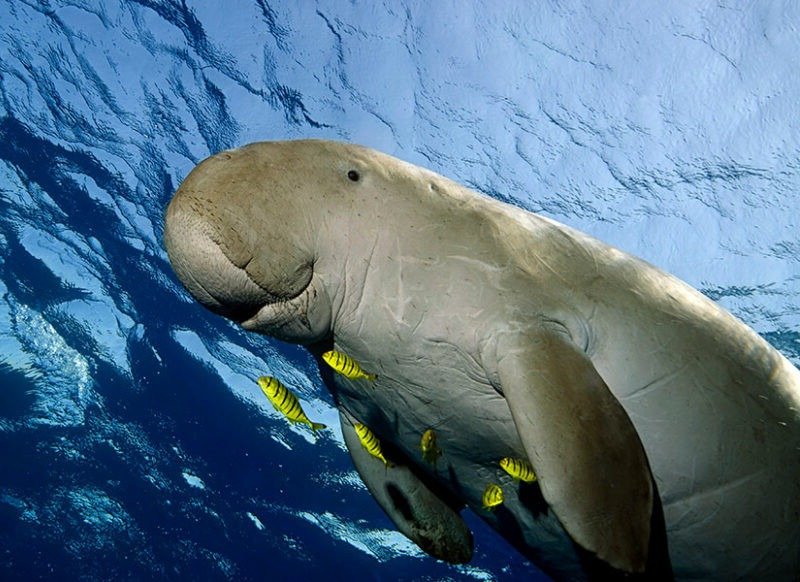
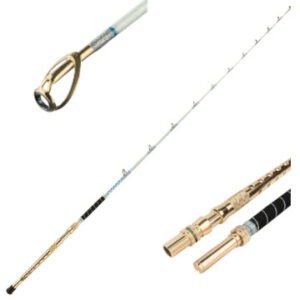

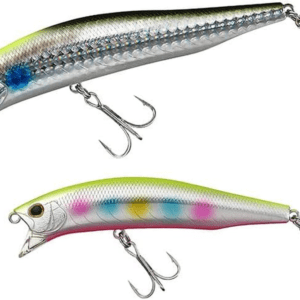
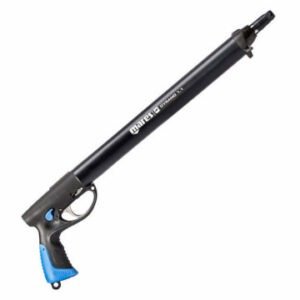


Leave a Reply